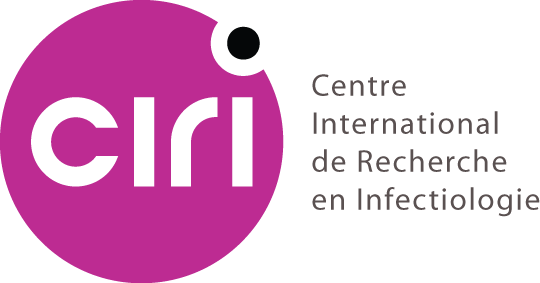Quaternized 1,2,3-Triazolyl Content and Modulation Potentiate Antibacterial and Antifungal Activities of Amphipathic Peptoids
Résumé
Bioinspired from cationic antimicrobial peptides, sequence-defined triazolium-grafted peptoid oligomers (6- to 12-mer) were designed to adopt an amphipathic helical polyproline I-type structure. Their evaluation on a panel of bacterial strains (Escherichia coli, Pseudomonas aeruginosa, Staphylococcus aureus, Enterococcus faecalis), pathogenic fungi (Candida albicans, Cryptococcus neoformans, Aspergillus fumigatus) and human cells (hRBC, BEAS-2B, Caco-2, HaCaT, HepG2) enabled to identify two heptamers with improved activity to selectively fight Staphylococcus aureus pathogens. Modulation of parameters, such as the nature of the triazolium and hydrophobic/lipophilic side chains, the charge content and the sequence length, drastically potentiates activity and selectivity. Besides, the ability to block the pro-inflammatory effect induced by lipopolysaccharide or lipoteichoic acid was also explored. Finally, biophysical studies by circular dichroism and fluorescence spectroscopies strongly supported that the bactericidal effect of these triazolium-grafted oligomers was primarily due to the selective disruption of the bacterial membrane.
| Origine | Fichiers produits par l'(les) auteur(s) |
|---|
